
01 Dec Genealogy Newsletter- November 30, 2024
Contents
- 1 GENEALOGY- BRAVE ABOLITIONISTS CARRIED THE MORAL ARGUMENT FORWARD AGAINST SLAVERY. WHAT ABOUT THE ECONOMIC DILEMMA?
- 2 GENEALOGY- SO, WHAT’S THE REAL STORY?
- 3 GENEALOGY- THE REVOLUTIONARY NEILLS
- 4 GENEALOGY- THE OTHER AUERBACH BROTHER
- 5 GENEALOGY- ARE YOU INTERESTED IN DUAL CITIZENSHIP?
- 6 GENEALOGY- THREE-TIME PRESIDENTIAL CANDIDATE HENRY CLAY
- 7 GENEALOGY- A NEW RESOURCE FOR AFRICAN AMERICAN HERITAGE RESEARCH
- 8 GENEALOGY- WHAT ABOUT YOUR DESCENDANTS KNOWING ABOUT YOUR ANCESTORS?
 GENEALOGY- BRAVE ABOLITIONISTS CARRIED THE MORAL ARGUMENT FORWARD AGAINST SLAVERY. WHAT ABOUT THE ECONOMIC DILEMMA?
GENEALOGY- BRAVE ABOLITIONISTS CARRIED THE MORAL ARGUMENT FORWARD AGAINST SLAVERY. WHAT ABOUT THE ECONOMIC DILEMMA?
When Britain abolished slavery in 1833 through the Slavery Abolition Act, it essentially “bought the freedom” of enslaved people by paying a large sum of compensation, amounting to £20 million, directly to the slaveholders. This represented 40% of the government’s annual budget, equivalent to roughly 5% of the British GDP.
The argument is made that parliament did not do this to reward the slaveholders but to reduce their incentive to oppress the freed people post-slavery through other methods because the enslavers would not feel economically hurt. Whether they should have received economic compensation is another discussion covered in the links below.
The question this brings up is, “What if America had put an end to slavery in the same manner vs. ending up with a Civil War?” You can further read below that about 3,000 slaves (.1%) were freed this way.
According to the 1860 census, there were 3,953,760 enslaved people in the United States. In 1860, the value of a healthy adult enslaved person was about $1000. Of course, there were children and elderly enslaved persons, so let’s use $700. So, to purchase the freedom of all enslaved people in 1860 would have cost the US Government about $2.7 billion.
In 1860, the US national budget was about $63.1 million, so the cost to buy out the slaveholders represented 44 times the annual budget. If you assume the US, like Britain, could have spent 40% of its budget on the compensation to purchase the freedom of enslaved people, then it would have taken 107 years to pay the compensation, assuming inflation and interest balanced each other out.
However, the Civil War was far from free. It is estimated to have cost $6.7 billion in 1860 dollars (roughly split 50/50 between the North and South). So, if we had foreseen how expensive the war would be, we could have saved $4 billion. Of course, the cost was not just to the governments (Union and Confederate); it was also paid or endured by the population, particularly in the South, where there was destruction of property.
In addition, another $4.9 billion was spent on pensions, which at times represented as much as 42% of the federal budget. So now we would have saved almost $9 billion.
Of course, there would have been other non-economic benefits, such as 4 million slaves would have been freed and would have been a mobile workforce that could have been paid by the slaveowners as employees;620,000 lives would not have been lost;
900,000 injured soldiers would not have been less productive and disease-ridden for the rest of their lives, and there would not have been a loss of offspring due to the absence of soldiers and or their death.
One asset the U.S. had that could have been leveraged to lower the cost of buying out the slaveholders was federal lands, mainly in the western U.S. The federal government’s holdings were roughly 1.8 billion acres. Land, on average, was going for $1.25 an acre. Land with natural agriculture, timber, and mining resources would have likely fetched more, while mountains and deserts would have been worth far less.
The best estimate of the land’s total value was $2.2 billion, which would have covered all but $.5 billion of the costs of buying out slaveholders.
However, the federal government likely would not have wanted to cede all of the lands it owned, so let’s say $1 billion was used as part of the buyout of slaveholders, there would have been much less to cover in the budget, and in the end far less expensive than the costs of war and the resulting pension payments.
In the 1860 presidential election, three states voted for John Bell of the Constitutional Union Party: Kentucky, Tennessee, and Virginia, representing 39 of the 303 electoral votes. Bell was a slaveholder from Tennessee who advocated neutrality on slavery. His popular vote win in these states suggests that a staged program of compensating slaveholders may have been possible.
John Bell took no position on expanding slavery in the western territories, which had been the chief point of argument between the North and South during the 1850s. Indeed, the chief difference between Lincoln and Democratic candidate John Breckenridge was over this matter (recall that Lincoln did not advocate for emancipation in the 1860 election even though Breckenridge and the Confederates believed he intended it). Without an agreement on this matter, it’s hard to see how the Congressional representatives of the southern states would have agreed to any such government-funded buyout anywhere in the country, much less Kentucky, Tennessee, and western Virginia (which seceded from Virginia in 1863).
The Cato Institute did a more detailed study on this subject: https://search.app/NWHoFA7rkzSMUpEk7
__
On April 16, 1862, President Abraham Lincoln signed a bill ending slavery in the District of Columbia. The passage of this law came 8 12 months before President Lincoln issued his Emancipation Proclamation. The act brought to a conclusion a decade of agitation aimed at ending what antislavery advocates called “the national shame” of slavery in the nation’s capital. It provided for immediate emancipation and compensation to former owners loyal to the Union of up to $300 (set at 44% of the value, which equals $682 in value, so it supports the earlier $700 figure) for each freed slave.
The act set aside $1 million to compensate slaveholders loyal to the U.S. government. The law allocated an additional $100,000 to pay each formerly enslaved person $100 if they chose to leave the United States for places such as Haiti or Liberia, which accepted Black American immigration. Most of the petitioners were white, but some blacks filed for compensation, having once bought their family members away from other owners. In the end, almost all the $1 million appropriated in the act was spent. As a result of the act’s passage, 3,185 people were freed from slavery.
These links lead to more articles about this subject: Preventing the Civil War
Preventing the Civil War
Above is a petition that was used to free slaves and was on display at the National Archives in 2012 in commemoration of the 1862 act that freed slaves in the nation’s capital. (Marvin Joseph/The Washington Post)
![]()
 GENEALOGY- SO, WHAT’S THE REAL STORY?
GENEALOGY- SO, WHAT’S THE REAL STORY?
We spend a lot of time researching family history stories. Often, we can corroborate the story or find out what occurred, but sometimes, there is no further information, so they remain unconfirmed legends.
Here was a family story handed down by Uncle Vic Mallette, whose story of being a POW in Germany was shared in our last edition. German POW camp experience Vic’s retold family Civil War story perplexed our researcher as it contained several inaccuracies likely due to the passage of time and oral retellings. It’s common for generations to get mashed together or skipped as time goes on. Here is Vic’s story:
“Ralph E. Childs owned a plantation that had about 30 slave cabins on the property. During the Civil War, Sarah Barge, his widow; Caroline Childs Eidson, Joe’s wife; and their daughter Sarah Martha, my grandmother, lived on the plantation, which unfortunately stood in General Sherman’s path, so he had it destroyed, leaving only the slave cabins. The family went to Atlanta; when Sherman fired Atlanta, they fled back to the plantation and lived with the slaves, free people by then. They stayed there until the ninth year of the occupation, then the carpetbaggers moved in and forced them off. They moved to Atlanta, where my grandmother and her mother opened a tailoring shop to support themselves.”
Here are the challenges with the story:
Ralph E. Childs: “Ralph E. Childs” does not appear in historical records. It seems to be a mistaken identity or a nickname for Richmond Barge, who died in 1857, the same year as his daughter Sarah Barge.
Dates and Relationships: The original story contained incorrect dates and relationships for several family members, such as Sarah Barge. These inaccuracies led to confusion about the timeline and family connections.
By cross-referencing historical documents and correcting these errors, the revised family story provides a more accurate and coherent account of the family’s experiences during the Civil War:
The Childs, Barge, and Eidson Women’s Struggle During Sherman’s March:
Based on a family story told by Victor C Mallette.
General William Tecumseh Sherman led the Union Army’s “March to the Sea” during the Civil War, which involved significant destruction in Georgia, including the burning of Atlanta on November 15, 1864. Sherman’s tactics aimed to cripple the Confederate war effort by destroying infrastructure and supplies, often involving the burning of homes and farms.
These events directly affected the Childs, Barge, and Eidson families. Their plantation, a source of supplies for the Confederacy, was burned down by Sherman’s troops. With the fathers and husbands killed during the war and brothers and sons away in battle, Margaret Parker Barge, her granddaughter Martha Caroline Childs Eidson, and great-granddaughter Sarah Ann Eidson (colorized picture above with children), who was about four years old at the time, fled to Atlanta to escape the advancing Union forces.
However, it wasn’t long before Sherman’s troops arrived in Atlanta, burning down much of the city. Margaret, Martha, and little Sarah then traveled back to their plantation. With no home remaining, they stayed in the cabins that once housed the formerly enslaved people until the carpet baggers drove them out.
 GENEALOGY- THE REVOLUTIONARY NEILLS
GENEALOGY- THE REVOLUTIONARY NEILLS
In the June 29, 2024, edition, I shared the story of hunting for my third great-grandfather, Gilbreath Falls “Gilley” Neill’s headstone. Hunting for headstones Two of his daughters married my second Great-Grandfather, William Harper Smither.
Where did Gilbreath get his name? The family story is that Colonel Gilbreath Falls rescued a wounded Captain, William Neill (Gilbreath’s father), by taking him off the battlefield on his horse during a battle with the Indians. So he named a son after him.
Colonel Gilbreath Falls was William Gilbreath Falls. After the Battle of Ramsour’s Mill on June 20, 1780, near Lincolnton, NC, Capt. Falls failed to return home, and his wife, Isabella, rode 25 miles on horseback, accompanied by her Negro cook. Finding her husband dead, Isabella borrowed a quilt to wrap him in and carried his body back to Centre Church Cemetery for burial.
Gilbreath’s father, William Neill (Neal), DAR Ancestor Number A081824, was a captain in the American Revolution.
Captain Neill’s grandson, James Clinton Neill (on the right above), is recorded as having fired the famed Gonzales “Come and Take It” cannon, and he is credited with firing “the first shot of the Texas Revolution.”
As Lt. Colonel, he commanded most of the Texas Army’s artillery. Impressed with Neill’s leadership at the Alamo (before the battle), Jim Bowie wrote, “No other man in the army could have kept men at this post, under the neglect they have experienced.”
On February 11, Neill left the Alamo to care for his family, overcome with a severe illness. He transitioned command to William Barret Travis, the highest-ranking regular army officer in the garrison. Due to a rift in the command of the Alamo between Bowie and Travis, Neill returned to the Alamo on February 14 and settled the dispute. A resolution was reached: Bowie and Travis would hold joint command of the Alamo.
Neill would leave San Antonio just before the siege of the Alamo. On the day of the final Alamo battle, Neill was in Gonzales, steadily working to increase the roster of the Alamo relief forces. In Gonzales, he signed a personal voucher on March 6 for ninety dollars to buy medicine for the Alamo garrison.
Neill was intent on heading back to the Alamo, where, unknown to him, the fort had already fallen to Mexican troops on March 6 during the Battle of the Alamo. On March 7, Neill, with Burleson, gathered 50 men and headed for the Alamo. They came close to the Alamo but were repulsed by Mexican cavalry. Neill returned to Gonzales on March 10 after leaving a small party of scouts to observe, who also returned to Gonzales the next day.
From late February until Sam Houston arrived on March 11, Neill commanded the relief troops gathering at Gonzales. Two days later, on March 13, word was received that the Alamo had fallen. Thus, Neill once again relinquished his command and joined the withdrawal of Sam Houston’s army to Groce’s Retreat on the Brazos River. Unable to transport their cannons, Houston ordered them dumped into the Guadalupe River before abandoning Gonzales.
That changed on April 11 when the “Twin Sisters” —two matched six-pounders— reached the Texian camp. The brass cannons were a gift from the people of Cincinnati, Ohio. Since Neill was a ranking artillery officer, Houston named him to command the revived artillery corps. On April 20, Neill commanded the Twin Sisters during the Battle of San Jacinto. During this fight, his artillery corps repulsed an enemy probe of the woods in which the main Texian Army was concealed.
Neill was seriously wounded when a fragment of a Mexican grapeshot caught him in the hip. The final Battle of San Jacinto was fought on April 21.

 GENEALOGY- THE OTHER AUERBACH BROTHER
GENEALOGY- THE OTHER AUERBACH BROTHER
You met brothers Louis and Abraham Auerbach in the last edition Louis and Abraham Auerbach, and now you can meet Albert (Al).
At first, he was a barber. He was charged with his brother Abraham for cheating with marked cards in a game of 21 in the rear of his barber shop.
He spoke French.
He moved to Salt Lake City, where he managed a beauty counter in a department store and later owned his own beauty parlor.
There was a State Supreme Court case in which he was sued and lost because, in the process of giving a lady a permanent wave, it was so overdone that her hair fell out.
He was also a fight referee, promoter, and the first manager of the world’s heavyweight champion, Jack Dempsey.
He wrote three articles for the Salt Lake newspaper while covering a Dempsey-Carpentier fight in NYC. He even bet $12k on the fight.
Dempsey later visited Provo and got a mani-pedi at Al’s beauty salon.
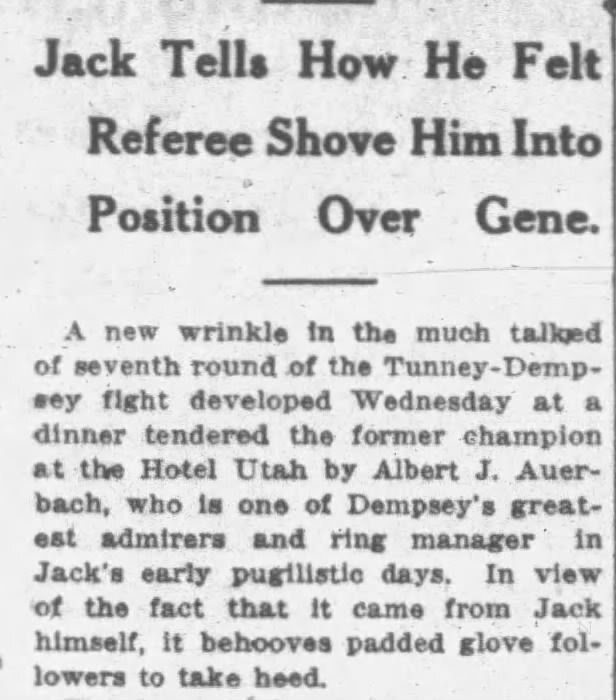
 GENEALOGY- ARE YOU INTERESTED IN DUAL CITIZENSHIP?
GENEALOGY- ARE YOU INTERESTED IN DUAL CITIZENSHIP?
We have clients who are trying to apply for dual citizenship who reach out all the time. A few years ago, people were trying to qualify for Spanish and Portuguese citizenship if their ancestors were victims of the Spanish or Portuguese Inquisitions, usually Sephardic Jews who were removed from Spain. In 2015, Spain passed a law allowing their descendants to apply for citizenship without requiring residence. Portugal had similar requirements.
The program was so successful that the requirements were narrowed as follows:
• Have a surname linked to the Sephardic community.
• Prove your Jewish heritage and connection to Spain and its culture.
• Provide documents that verify your Jewish faith, such as a certificate from the Federation of Jewish Communities of Spain or a rabbinic authority.
• Demonstrate knowledge of Judeo-Spanish (Ladino).
Both countries have continued to tighten requirements. The estimate is that about 25,000 people in the U.S. have Sephardic Jewish ancestry.
The Tribunal of the Holy Office of the Inquisition was established in 1478 by the Catholic Monarchs, King Ferdinand II of Aragon and Queen Isabella I of Castile. It began toward the end of the Reconquista and aimed to maintain Catholic orthodoxy in their kingdoms and replace the Medieval Inquisition, which was under papal control. Along with the Roman and Portuguese Inquisition, it became the most substantive of the three manifestations of the wider Catholic Inquisition.
Of course, Spain and Portugal are members of the EU, and citizens of the EU have benefits such as the right to work and study in any EU country. That also comes with visa-free travel to more than 170 countries. Of course, as a citizen of the EU, you can choose to reside there. Sometimes, people like to have backup plans in terms of their residency.
Before and after every election, celebrities say they will leave the country if their preferred candidate does not prevail.
For example, Cher said she would depart the planet if Trump’s bid proved successful. “IF HE WERE TO BE ELECTED, [I’M] MOVING TO JUPITER,” she wrote on X in June 2015. Cher still lives in her cliffside mansion in Malibu.
In 2008, Stephen Baldwin said: “If Obama’s Elected, I’m Leaving the Country”. Stephen still lives in Nyack, NY.
To obtain EU citizenship, you can choose among four main ways: citizenship by descent, marriage, naturalization, or investment.
So, we can’t help celebrities, who could likely invest, but we can help the American middle class if they are eligible to apply. My great-grandparents from Sweden were my latest ancestors to be born abroad, so there is no duality for me.
Some countries, like China, Indonesia, and Saudi Arabia, may restrict or completely prohibit dual citizenship, so verifying the rules of the country you’re interested in is crucial.
There are 18 million Italian Americans, so the question about Italy comes up quite a bit. To qualify for Italian dual citizenship in 2023, you must be able to prove a direct lineage to an Italian ancestor who was born in Italy and did not renounce their Italian citizenship before passing it on to you; this means you can claim Italian citizenship if you have an Italian parent, grandparent, or great-grandparent, provided they did not forfeit their Italian citizenship before your birth. That last little bit causes a lot of trouble as it is estimated that 50% of Italian immigrants did become naturalized.
While we know how to collect American-based documents, overseas documents can be complicated. To better serve our clients, we have partnered with genealogists abroad to assist with finding the documents. Reach out if dual citizenship is of interest to you.
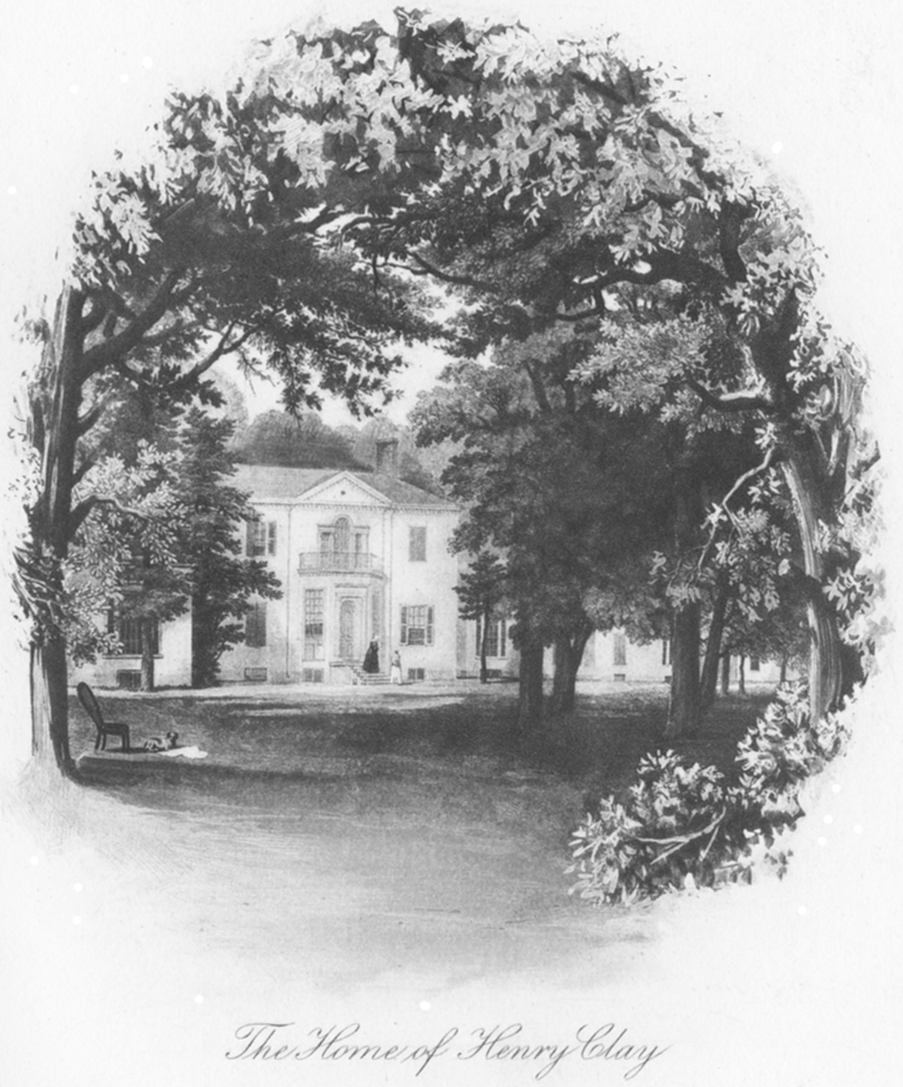
 GENEALOGY- THREE-TIME PRESIDENTIAL CANDIDATE HENRY CLAY
GENEALOGY- THREE-TIME PRESIDENTIAL CANDIDATE HENRY CLAY
We visited Henry Clay’s Ashland estate (see above) early this year.
Henry Clay Sr. (1777 – 852) was an American lawyer and statesman representing Kentucky in the U.S. Senate and House of Representatives. He was the seventh House speaker and the ninth secretary of state. He unsuccessfully ran for president in the 1824, 1832, and 1844 elections, which we discussed in the December 2, 2023 edition- Three-time presidential candidates.
He helped found both the National Republican Party and the Whig Party. For defusing sectional crises, he earned the appellation of the “Great Compromiser.” Alongside fellow Whig Daniel Webster and Democrat John C. Calhoun, Clay was part of the “Great Triumvirate” of Congressmen. Clay died at the age of 75 in 1852.
A few things we learned about Henry Clay:
At his rival President John Tyler’s house, we learned that Tyler’s dislike was so great that he purchased an estate known as Walnut Grove; he renamed it Sherwood Forest Plantation, allegedly because Clay’s Whig Party outlawed Tyler during his presidency.
Clay was a slaveholder. His anti-slavery cousin, Cassius Clay, was the source of fighter Muhammed Ali’s original name.
His son Henry Jr. was killed while leading a regiment during the Battle of Buena Vista in the Mexican War.
Clay was a gambler. He once won $40,000 (approximately $970,000 as of 2020). Clay asked for $500 and waived the remainder of the debt. Shortly afterward, Clay fell into a debt of $60,000 (approximately $1.5 million today) while gambling with the same man, who then asked for the $500 back and waived the rest of the debt.
He defended former Vice President Aaron Burr for free in his when he was accused of treason.
Henry Clay Jr.’s daughter Anne Smith married Henry Clay McDowell, who ironically was named after her father (many people were named after political figures in those days). Henry Clay and Anne Smith Clay McDowell purchased Ashland. During the American Civil War, Henry McDowell served with the Union Army. He rose to the rank of major as a member of General William Rosecrans’s staff. In business, McDowell was president of the Lexington and Eastern Railway.
In 1883, McDowell purchased Dictator, a top Standardbred sire who was one of the four influential sons of Hambletonian.
Henry Clay McDowell died at age sixty-seven in 1899. In his obituary, the San Francisco Call newspaper wrote that he was “probably the best-known citizen of Kentucky in private life.”
Henry and Anne’s son, Thomas McDowell, was a successful horseman and was most well-known as the breeder, owner, and trainer of the colt Alan-a-Dale, which won the 1902 Kentucky Derby.
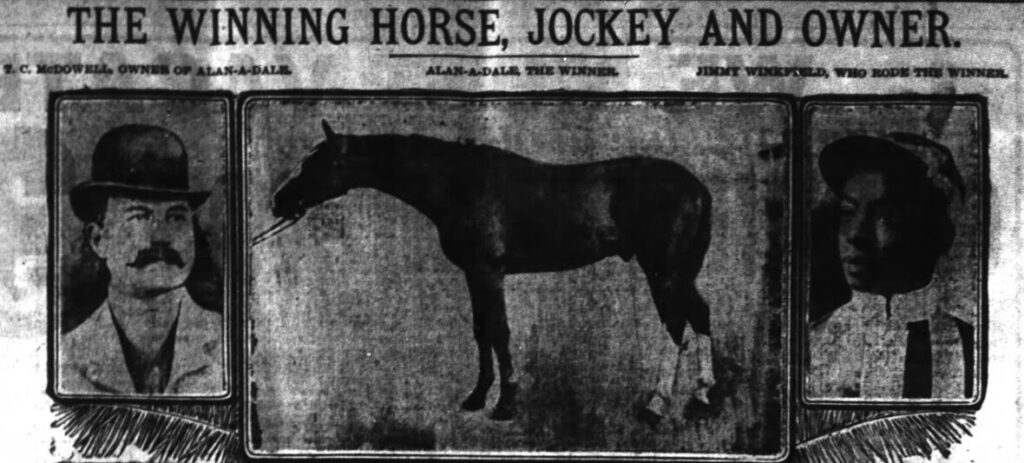

 GENEALOGY- A NEW RESOURCE FOR AFRICAN AMERICAN HERITAGE RESEARCH
GENEALOGY- A NEW RESOURCE FOR AFRICAN AMERICAN HERITAGE RESEARCH
We recently visited the International African American Museum’s Center for Family History in Charleston, S.C., one of the first genealogical centers focusing on African Americans. The museum’s opening coincides with the discovery and indexing of more documents for research.
Here are some highlights of the museum’s exhibits:
Black South Carolinians, including the Gullah Geechees, preserved their culture and traditions.
African American centenarians. For example, Mrs. Ercelle Chillis shared stories about her family history, including her birth during a hurricane and her grandfather’s journey from Alabama to Charleston.
The Center for Family History is a resource for researching your genealogy. It includes historical documents, digital archives, photos, and virtual sessions.
Significant artifacts, such as tennis rackets belonging to Althea Gibson and a Waterford Crystal Award.
The Theater Gallery features video-based installations that provide historical context.
A black granite wall outside the museum displays part of the Maya Angelou poem “And Still I Rise”.
 GENEALOGY- WHAT ABOUT YOUR DESCENDANTS KNOWING ABOUT YOUR ANCESTORS?
GENEALOGY- WHAT ABOUT YOUR DESCENDANTS KNOWING ABOUT YOUR ANCESTORS?
Reach out to Dancestors Genealogy. Our genealogists will research, discover, and preserve your family history. No one is getting any younger, and stories disappear from memory every year and eventually from our potential ability to find them.
Preserve your legacy and the heritage of your ancestors.
Paper gets thrown in the trash; books survive!
Ready to embark on your family history journey? Don’t hesitate. Call us at 214-914-3598, and let’s get your project started!


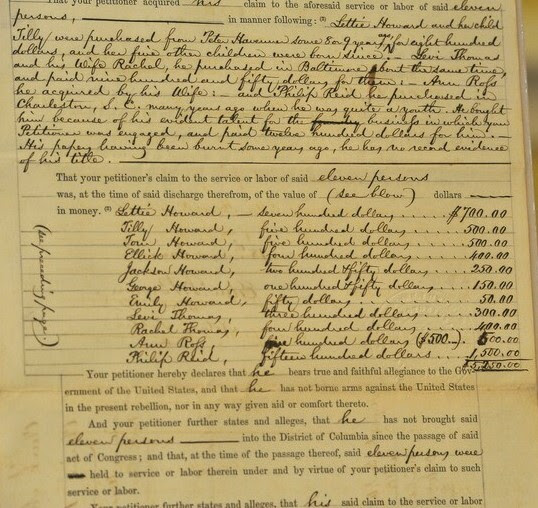 GENEALOGY- BRAVE ABOLITIONISTS CARRIED THE MORAL ARGUMENT FORWARD AGAINST SLAVERY. WHAT ABOUT THE ECONOMIC DILEMMA?
GENEALOGY- BRAVE ABOLITIONISTS CARRIED THE MORAL ARGUMENT FORWARD AGAINST SLAVERY. WHAT ABOUT THE ECONOMIC DILEMMA?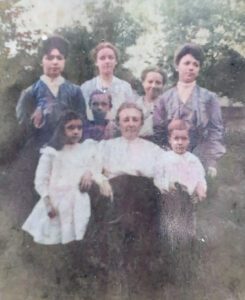 GENEALOGY- SO, WHAT’S THE REAL STORY?
GENEALOGY- SO, WHAT’S THE REAL STORY?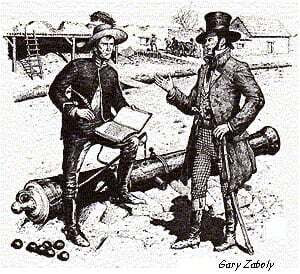 GENEALOGY- THE REVOLUTIONARY NEILLS
GENEALOGY- THE REVOLUTIONARY NEILLS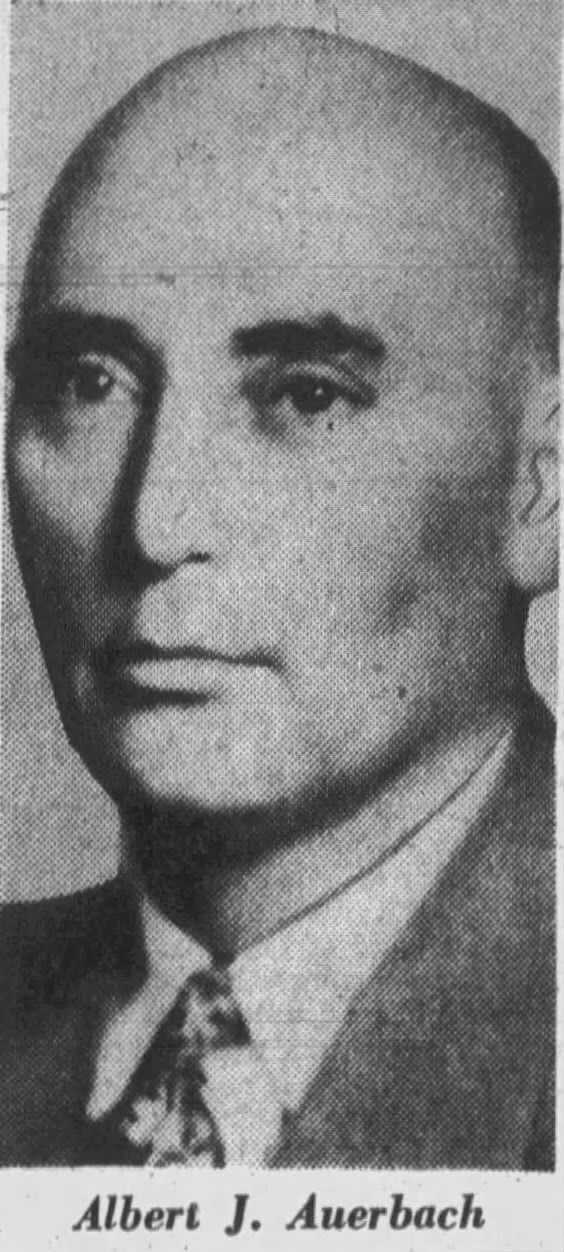 GENEALOGY- THE OTHER AUERBACH BROTHER
GENEALOGY- THE OTHER AUERBACH BROTHER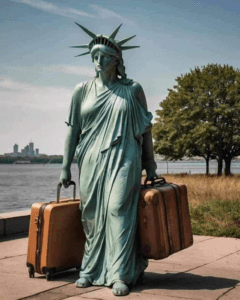 GENEALOGY- ARE YOU INTERESTED IN DUAL CITIZENSHIP?
GENEALOGY- ARE YOU INTERESTED IN DUAL CITIZENSHIP? GENEALOGY- THREE-TIME PRESIDENTIAL CANDIDATE HENRY CLAY
GENEALOGY- THREE-TIME PRESIDENTIAL CANDIDATE HENRY CLAY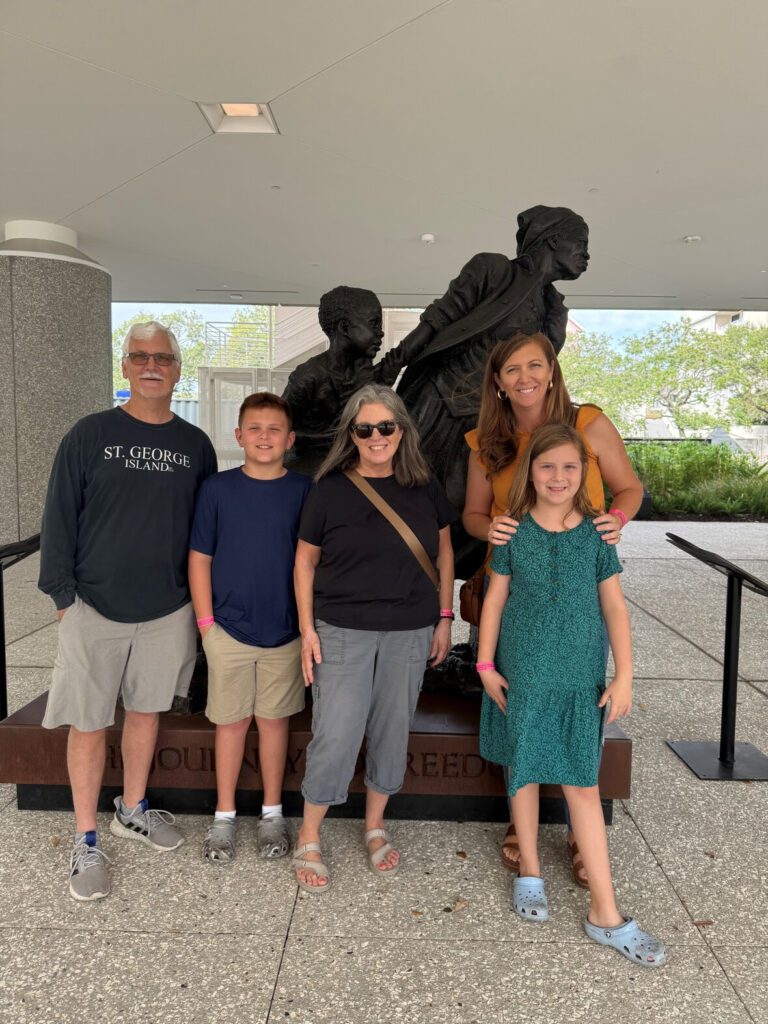 GENEALOGY- A NEW RESOURCE FOR AFRICAN AMERICAN HERITAGE RESEARCH
GENEALOGY- A NEW RESOURCE FOR AFRICAN AMERICAN HERITAGE RESEARCH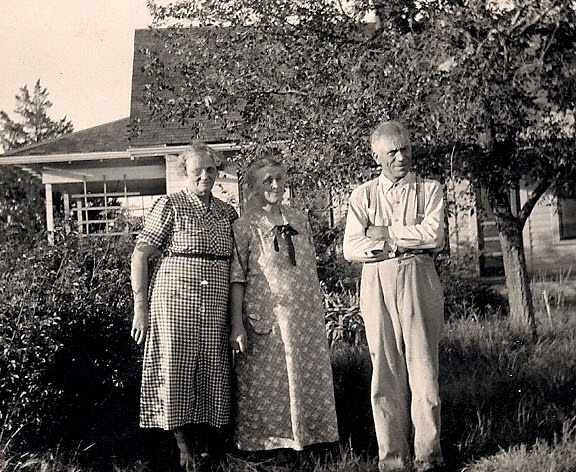 GENEALOGY- WHAT ABOUT YOUR DESCENDANTS KNOWING ABOUT YOUR ANCESTORS?
GENEALOGY- WHAT ABOUT YOUR DESCENDANTS KNOWING ABOUT YOUR ANCESTORS?